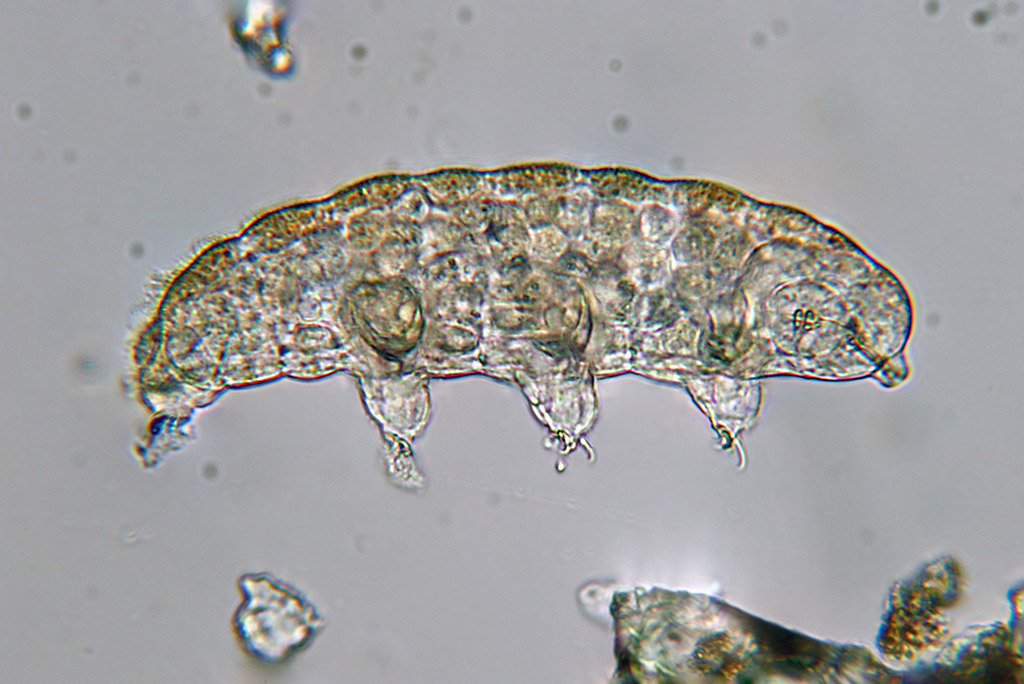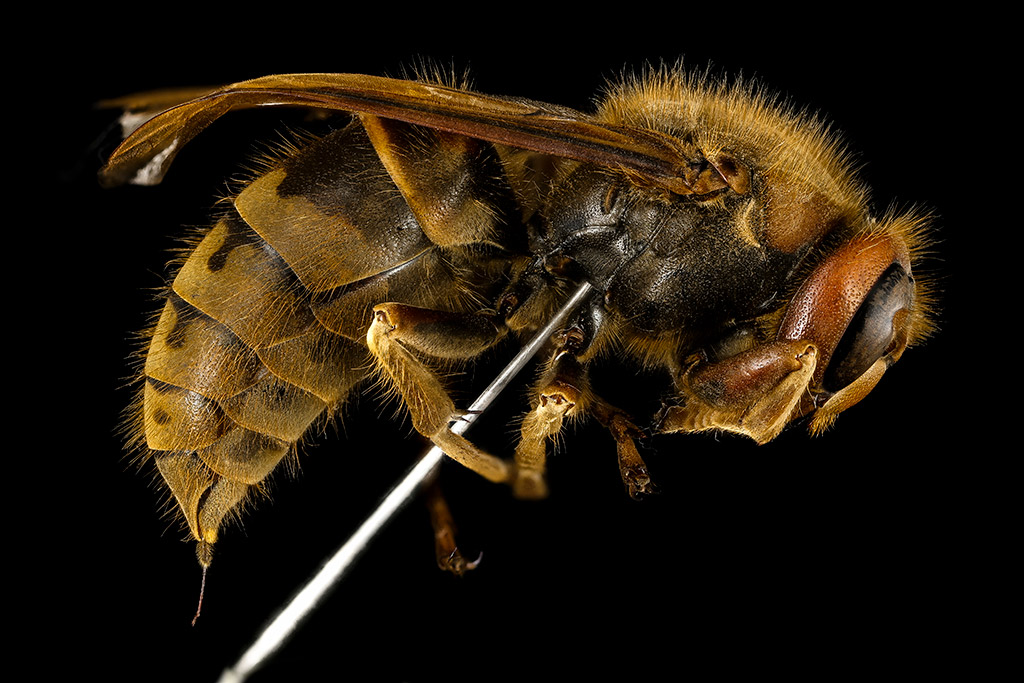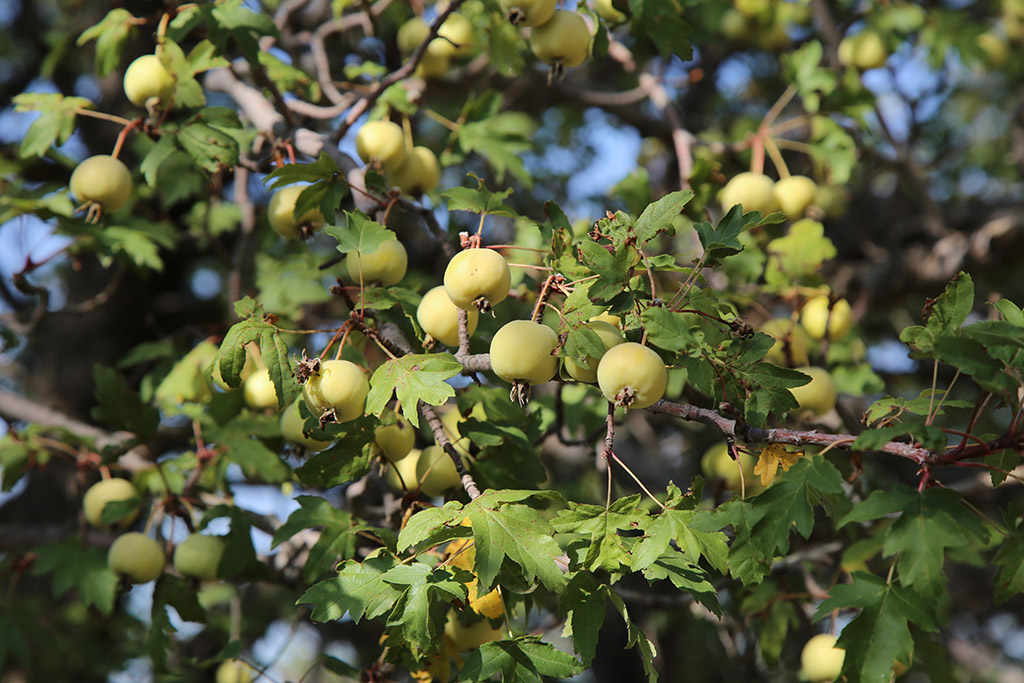Animals are complex biological machines made of millions of molecules, proteins, and cells. The instructions for how all the pieces work together is contained within an animal’s genome.
When scientists break down a genome into manageable fragments and collect all the fragments in a database, they create a DNA reference library. Many of these libraries are publicly available, like the Barcode of Life Data (BOLD) System developed by the University of Guelph’s Centre for Biodiversity Genomics.
A flurry of recent articles in the journal Genome shows just how useful these genetic libraries can be, as scientists use them to reveal hidden diversity in understudied animals like social wasps and tardigrades or to track key species in biodiversity hotspots and natural reserves.
Lasse Topstad, a PhD student at The Arctic University of Norway, tested the limits of DNA library techniques by comparing how they stacked up to traditional methods in identifying tardigrades, a group of eight-legged, microscopic animals that live in moss, lichen, and leaf litter.
“Tardigrades can be good indicator species,” notes Topstad, as they live in a wide variety of habitats. But because it’s so time-consuming and difficult to identify individual species by eye, tardigrades are often left out of large-scale ecological surveys. Developing reliable DNA library techniques for tardigrades could solve this problem, benefitting biomonitoring programs worldwide.
The researchers found that the DNA barcoding techniques generally captured a greater diversity of tardigrades than traditional techniques, which Topstad explained was likely because “tardigrades are infamous for cryptic variability, as well as for being elusive to hand-picking methods,” such as identifying them individually under a microscope.
 Tardigrade | Philippe Garcelon, Flickr (CC BY 2.0)
Tardigrade | Philippe Garcelon, Flickr (CC BY 2.0)
Though the team was unable to conclusively identify every tardigrade because of a lack of information in the BOLD System as well other databases, Topstad notes that the work is a good first step.
“Next would be to include more species in our reference library to facilitate higher resolution of the data,” says Topstad, with the hope that one day DNA library techniques become a staple ecological monitoring technique.
Another group of animals missing from many databases are the over 5000 species of vespid wasps, fewer than 600 appear in the BOLD System, which Topstad calls “arguably the best curated public database to use.”
“Bees and wasps abound in developing countries and many of them lack DNA sequences in reference libraries,” says Dr. Ikechukwu Onah, a researcher at the University of Nigeria Nsukka. He adds that “the fear of species going extinct is higher in these parts of the world” due to high degrees of environmental degradation and less interest in state- or NGO-sponsored biodiversity initiatives.
Dr. Onah is the lead author of a new study documenting the biodiversity of wasps across four continents with DNA barcoding techniques. Notably, the researchers tested two types of primer, a small piece of DNA that kickstarts the process of making the DNA library: one primer that was customized for each species of wasp studied and a commercially available primer designed to work on all wasps.
 The European hornet, Vespa crabro, is part of a new primer set for barcoding social wasps | USGS Bee Inventory and Monitoring Lab
The European hornet, Vespa crabro, is part of a new primer set for barcoding social wasps | USGS Bee Inventory and Monitoring Lab
Tool development is key for creating accurate and useful libraries. Dr. Onah notes multiple challenges working with DNA libraries including when a species is not correctly identified. “[I]f a researcher misidentifies a species, the reference library cannot detect it and correct it, and this misleads other researchers.”
Producing accurate DNA sequences requires a combination of detailed knowledge about all species included in the analysis plus interdisciplinary skills in molecular biology, genetics, and bioinformatics.
Dr. Onah hopes the new species-specific primers will “be employed in barcoding these species across the globe,” and that his work will “encourage the use of universal barcoding primers” when custom ones are not readily available. This view sets him apart from “some authors that totally condemn the use of universal barcoding primers.”
Another study, supervised by Dr. Magda Bou Dagher-Kharrat, director of the Biodiversity and Functional Genomics Lab at Saint Joseph University in Lebanon, describes the first DNA sequence reference library obtained for plants and animals in the eastern Mediterranean region, “a key area for speciation and crossroad of three continents: Africa, Asia, and Europe.”
Despite exhaustive sampling of private and museum collections as well as animal carcasses from wildlife–vehicle collisions, the database only represents 32% of Lebanese mammals. Reflecting on the work, Dr. Dagher-Kharrat noted “until then, I had never realized the richness of the Lebanese fauna and, more precisely, that of medium-sized animals.”
 The Lebanese wild apple, Malus trilobata, is included in the first DNA library for plants and animals in the eastern Mediterranean region | Magda Bou Dagher-Kharrat
The Lebanese wild apple, Malus trilobata, is included in the first DNA library for plants and animals in the eastern Mediterranean region | Magda Bou Dagher-Kharrat
Looking forward, she notes “it now remains to build the reference library of [all] animals in Lebanon,” a herculean task as nearly 4,500 fauna live in the region.
Thanks to contributors like those described in the latest issues of Genome, DNA reference libraries are improving everyday, empowering studies like the one conducted by Dr. Tzitziki Loeza-Quintana, a postdoctoral researcher at the University of Guelph.
Dr. Loeza-Quintana and colleagues used DNA collected from several locations in Kejimkujik National Park and National Historic Site, Nova Scotia, to track the distribution of one endangered species, Blanding’s turtle, and two invasive ones, the chain pickerel and smallmouth bass.
Such studies emphasize the potential uses of DNA library techniques to noninvasively monitor endangered or invasive species, potentially tracking how their population distribution changes over time, which can inform future species management plans.




